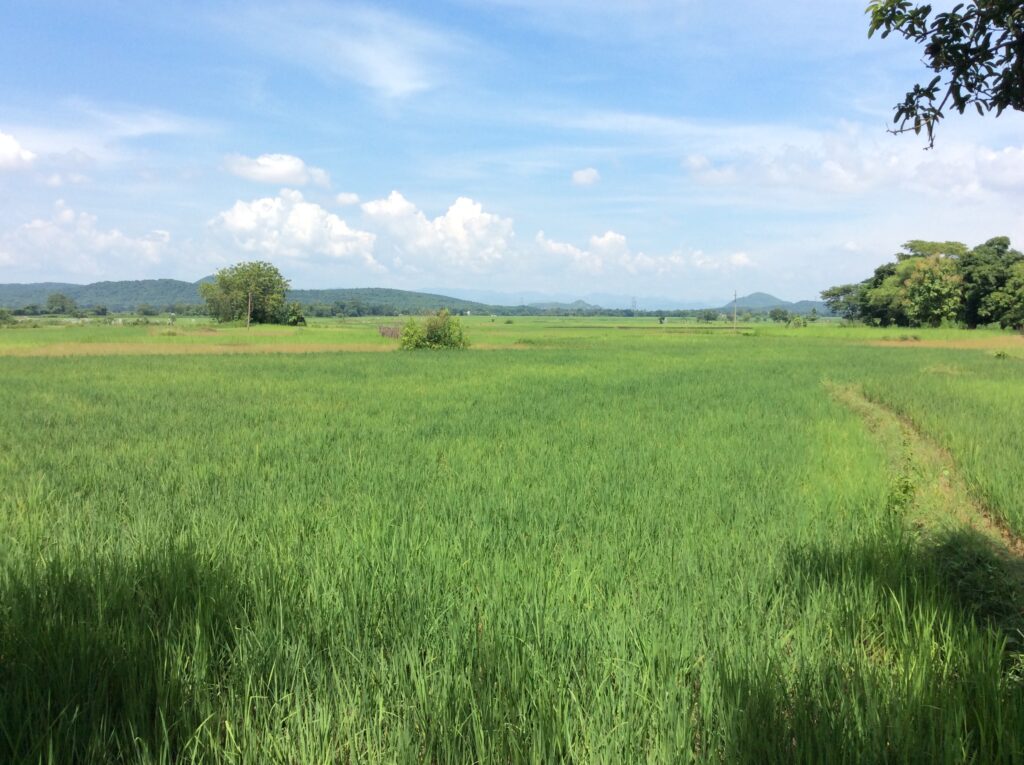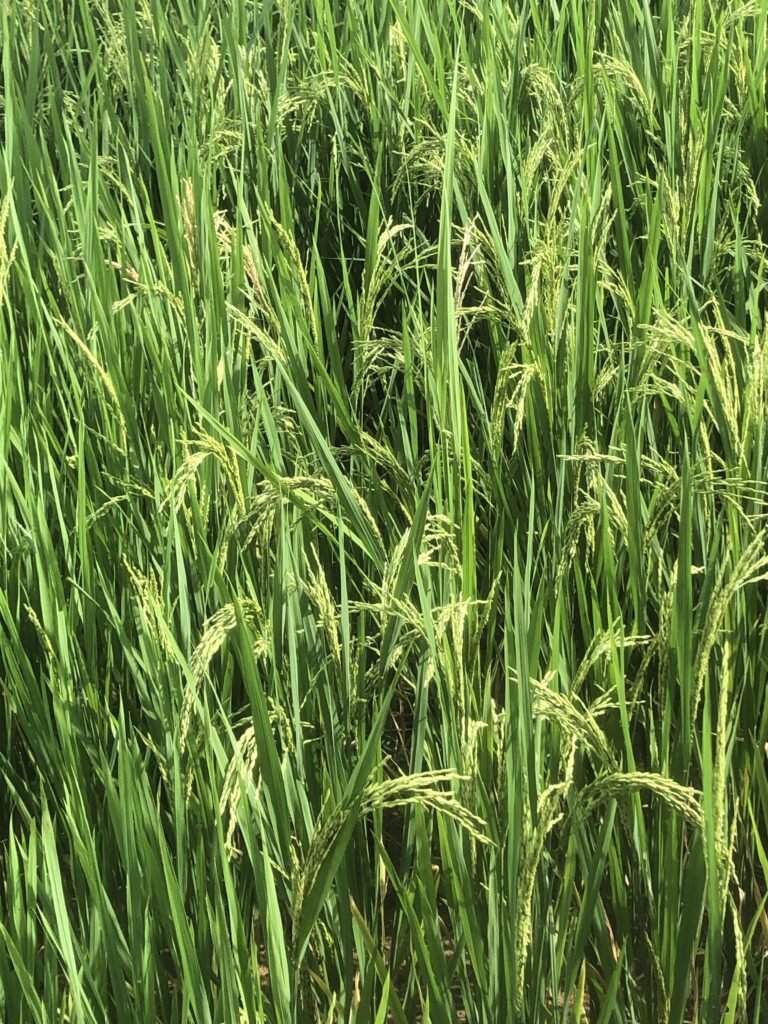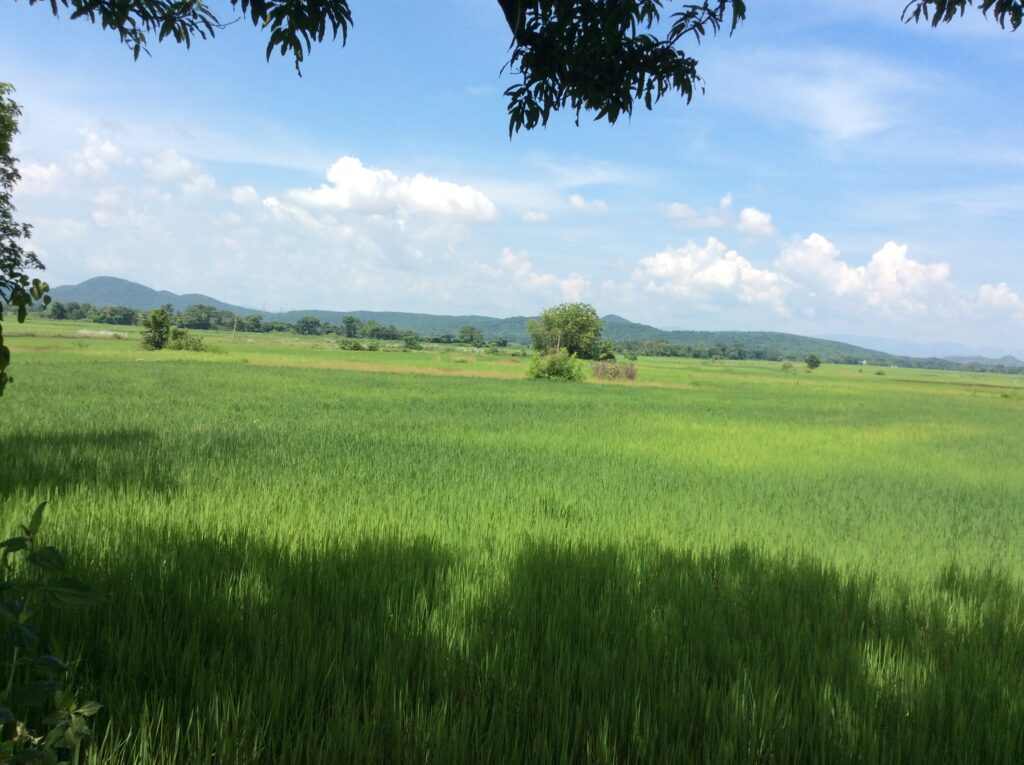Trailokya Jena
Let’s get it clear from the outset, very few of the social media users possess actual knowledge of the farm sector, let alone real farming.

Those few who come from rural landscape and maintain direct interaction with farmers or are engaged in organised farming themselves could appreciate farm sector distress in depth. Economy experts and predominantly media savvy crowd are urban creatures grown up on media and film based exposures to the farm sector. They hardly realise how intimately they are connected to the stormy existence of farmers. They are the prime consumers of farm products not always realising that what they buy paying 20,30,40, 50 rupees and beyond are sold by farmers for one to five rupees only. They aren’t often aware that a sizeable portion of taxes they pay out of their hard earned income goes directly or indirectly to the farmers by way of various subsidies including minimum support price(MSP) and frequent loan waivers favouring farmers. Yet the consumers are extorted on daily basis while farmers are routinely driven to suicide. But how often these rapidly increasing urban consumers think of the farmers who put the food on their plates? That happens only for negative reasons when prices of one or more commodities they consume rise and the media ratchet up sentiment in the most constipated of manners for it is not the farmers but the urban consumers who push up trps. The on going legislation process for changing the established order in the farm sector and commodity markets brings many issues to the fore. While Part I here would deal with the politico-historical perspectives of the issue, later Part II would discuss the legislative proposals and their implications on various stakeholders.
Farmers of undivided India got continuously squeezed out of their livelihood for a pretty long time, more pronouncedly since the rules of middle and central Asian invaders (Islamic invaders to those who are not particularly sensitive about political correctness). From imposition of the blanket jiziya taxes to demand of increasing share of agricultural produce, imposition of water tax, usurious jagirdari system, farmers got subjected to harder squeeze with each passing regime until the British raised it to an art form by constantly raising and monetising land tax with each war they fought all over the globe while giving a completely free hand to the native rulers to raise taxes to finance their respective indulgences in India and abroad. The significant killer of British colonial period was the demand for payment by farmers in cash which destroyed cropping patterns leading to change over from grains to cash crops like indigo, jute, cotton, tea, tobacco and opium to suit British needs thereby increasing farmers’ vulnerabilities to famine. Since these cash crops were area and climate specific, farmers had to cultivate these in lieu of basic food grains depending entirely on the newly emerged grain merchants for their basic food. This brought about a change from cultivation for home consumption to cultivation for the market which was so much easier for the rulers to control and the merchants to manipulate, a system which is dogging farm sector upto now. Credit must be given to the post independent Congress government to abolish zamindaris, something which still holds good in Pakistan being the foremost reason of that country’s social instability, and various subsequent measures for rural land reforms. However, the economic configurations of India’s farm sector has continued with fundamental distortions to this day.

The colonisation of Indian farmers was consolidated through a series of British Acts like Permanent Settlement(1793), Mahalwari System(1822), North India Land Regulation(1833 revised 1855) to impoverish the farmers through creation of an artificial class of landlords in the countryside to protect and strengthen colonial rule by providing a reliable political foundation for the Raj. With independence the government freed the farmers to certain extent but only from the production end while not doing much to open up the selling and distribution end thereby persisting with the colonisation of farmers. Subsequent chain of policy interventions by the government, of which the MSP regime is the most talked about, has further distorted the farm sector down the line. The vocal urban consumers understand very little about it while they continue to demand price protection for themselves under the gratuitous belief that the support price, bulk of which they foot, entitle them to enjoy their plates without stress. But do they really know how the MSP mechanisms work. Or do they work at all, especially for the small and marginal farmers whose numbers I don’t know but suspect it to be formidable outside Punjab, Haryana and Western UP? MSP is for those who sell bulk of their food grains in the government engineered market. But what about those small and subsistence level farmers who farm to feed themselves? These are the blokes who continue to be colonised directly while the rest barring the very rich are colonised by the combined powers of politicians, bureaucrats, traders, middle men, media and even the urban consumers. Let us examine the modus operandii of each of these coloniser.
Politicians whom we idealistically called freedom fighters got us independence in 1947, gave us a Constitution in 1950, helped to us to elect them to form our own government in 1952 and after a long suffocation gave us a somewhat free market to do business in 1991. But all these while when pretty much everyone got liberated it is the farmers who got left behind as they continue to get shackled in their own free country where they can not sell their products to whomsoever they like or wherever they like in spite of the eloquent provisions of right to free trade and commerce under Article 19 of the Constitution. Farmers and farm labourers constitute the bulk of voters in this country(though that equation is changing fast) and they are the canon fodders for politicians. As a loose group there is no way they can effectively combine and their daily subsistence situation is a dream pitch for politicians. Cheap grains, stray subsidies, loan waivers, free this and free that, easily sway these voters preference over which every political party has a consensus to keep them as they are. The Lao Tzu principle ‘give a man a fish and you feed him for a day; teach a man to fish and you feed him for a life time’ is a strict no no in Indian politics. Keep them poor, keep them hungry and keep them indebted- such wet nursing, or even vet nursing, that is the cross political party agreement to perpetuate the colonisation of Indian farmers.

The bureaucrats, traders and middlemen constitute a solid block as they keep feeding on one another. Rules are framed, implemented, ignored and breached with amazing dexterity and impunity selectively to suit situation. Many a times the most progressive of legislations are turned on their heads to benefit one and all of this combine. This situation is known to all needing no further elaboration. The other block is formed by the consumers and the media. The consumers who are predominantly urbanites are those who also constitute the bulk of the patrons of modern media including the ubiquitous social media. They are smarter and more articulate than farmers and their spokespersons on television. So when things that is commonly seen like rising prices of onions, tomatoes or sugar to take the most common market denominators, the urban consumers shriek which is promptly taken up by the electronic media. Take the current shriek over onions, when the consumers and media work in tandem all hell break loose at the expense of the farmers. Prices are controlled, both domestic and export orders are strangulated, panic gets created over ensuing elections and what have you. The farmers get colonised yet again!
Such are the ways in which farmers are dis-intermediated in the market. After 73 years of independence the market has never worked for farm produces, rather it has never been made to work. At long last we are on the cusp of some fundamental reforms that is aimed at the market to work for farmers. We had three ordinances promulgated some months back which is now being converted to law. But are they? We shall examine each of these proposed bill in the next part
(The author has a Masters in Liberal Arts and an MBA from Sydney. He also worked for the Indian Revenue Service in Kolkata, Mumbai and Delhi. Views are personal.)






















